23 July 1816 : The Fourvière Pledge
All for the greater glory of God and the greater honour of Mary, Mother of the Lord Jesus. We the undersigned, striving to work together for the greater glory of God and the honour of Mary, Mother of the Lord Jesus, assert and declare our sincere intention and firm will of consecrating ourselves at the first opportunity to founding the pious congregation of Mary-ists. That is why by the present act and our signatures, in so far as we can, we irrevocably dedicate ourselves and all our goods to the Society of the blessed Virgin. We do this not childishly or lightly or for some human motive or the hope of material benefit, but seriously, maturely, having taken advice, having weighed everything before God, solely for the greater Glory of God and the honour of Mary, Mother of the Lord Jesus. We pledge ourselves to accept all sufferings, trials, inconveniences, and if needs be, torture, because we can do all things in Christ Jesus who strengthens us and to whom we hereby promise fidelity in the bosom of our holy mother the Roman Catholic Church, cleaving with all our strength to its supreme head the Roman Pontiff and to our most reverend bishop, the ordinary, that we may be good ministers of Jesus Christ, nourished by the words of faith and by the wholesome teaching which by his grace we have received. We trust that under the reign of our most Christian king, the friend of peace and religion, this institute will shortly come to light and we solemnly promise that we shall spend ourselves and all we have in saving souls in every way under the very august name of the Virgin Mary and with her help. And may the holy and immaculate conception of the Blessed Virgin Mary be praised. Amen.
Fourvière - the beginnings and the end of the beginning
Nothing is quite like the launching of a new and uncertain venture, in its unique turmoil of vision, passion, fear and risk. Dream and daring struggle with despair and failure. Yet the urgency is compelling, the challenge unrelenting. For Marcellin Champagnat, the Fourvière ceremony of dedication to the Marist dream opened his long pent-up energy for his role in founding the Marist Fathers and the Marist Brothers. The Brothers were founded from a dream born while visiting this shrine of Mary, on returning from a home holiday from the seminary, where he found the Marhles children uneducated, aimless, mired in poverty. ‘We must have Brothers,’ to meet the needs of the young, as the monasteries, Ignatius and de la Salle had realised before him. Two years before ordination, when joining with fellow students to found the Society of Mary, this dream took on new shape. ‘We must have Marist Brothers !’ he pestered the group, until they finally gave him the mandate to develop this idea. Now, at Fourvière, the dream and planning, the research and experimenting done, he could move beyond these beginnings into action.
Fourvière is the Bethlehem of Marists, of the Marist Brothers
He had achieved his eleven year long struggle to become a priest. He finally had the status, the mandate and support of Marists, and now, in the parish assigned to him, an opportunity to move to actually set up the Marist Teaching Brothers. He went from Fourvière aglow with the release into action that lay before him. The beginnings were behind him; now the action time opened out before him, thrilling, daunting, his own special call. Within six months, he had assembled the first community of the Brothers. Fourvière is the Bethlehem of Marists, of the Marist Brothers. Here the idea was inspired, here it grew and took shape, and here on 23 July 1816, it was launched from beginnings into action. Fourvière remains for us always, the place of the dream, the place of the commitment and the place where, forever, we go to draw from Our Lady the same passionate enthusiasm and vision that she gave to a young and far-sighted priest.
Fourvière for the Marist Sisters
There were no women present when the newly ordained seminarians climbed the hill in Lyons to the Shrine of Our Lady of Fourvière to make their solemn promise to found a Society bearing her name. Nevertheless, right from this solemn beginning, there was a dream of a Society with several branches. At this time a young woman called Jeanne Marie Chavoin in a little town in France called Coutouvre, felt called to religious life but had refused several invitations. Her spiritual director told her that she was destined for a congregation which had not yet been founded. So when Jean-Claude Colin and his elder brother Pierre invited Jeanne Marie and her friend Marie Jotillon to come to Cerdon, explaining their Marist dream, both women had no hesitation in ‘leaving home and family to found the Society of the Blessed Virgin.’
... we believe in the vision which inspired those passionate young men ...
For six years (1817-1823) Jeanne Marie was a close collaborator with Jean Claude Colin and his brother Pierre as they took concrete steps to realise the Marist project. In 1823 the two women, together with Marie Gardet, a niece of Marie Jotillon, began to live in community in two cold and draughty rooms above a stable. The hardships endured in that first little community, and in the many other communities which since then have been founded all over the world, though perhaps not as dramatic as those envisaged by the seminarians who made their promise in Fourvière, were nevertheless very real. Today we Marist Sisters continue to be inspired by the Marist dream and rejoice with the whole Marist family as we celebrate its initiation in Fourvière 200 years ago. We are the smallest branch of the ‘tree with many branches,’ but today more than ever we believe in the vision which inspired those passionate young men. May their dream continue to inspire the Marist Sisters of the future. May it remind them that, in the words of the Fourvière promise: ‘… hardship, obstacles and difficulties will be overcome… since with the help of Jesus Christ there is nothing we cannot master.’
Fourvière - the Marist Laity perspective
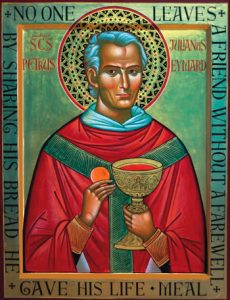
St Peter Julian Eymard, first Director of the Third Order of Mary and Founder of the Blessed Sacrament Fathers
I first went to Fourvière in 1994 with five young Kiwis, and returned in 2015, attending the Marist Laity Conference. On my first visit the chapel was quiet, allowing peace and reflection. Last year it was the Feast of the Assumption and was packed with locals celebrating Mary’s day. Both visits were evocative and challenging. A little brass plaque commemorating Notre Dame du Bon Conseil (Our Lady of Good Counsel) jumped off the wall at me in 1994 and in the intervening years Mary revealed herself as a mentor of wise counsel. As Marist Laity we look to Fourvière and remember the vision, commitment and sober zeal of the first Marists who climbed those 800+ steps. The symbol of Fourvière also evokes Mary calling to us today. Fourvière can be intuitively interpreted without travelling there. But there is something deep about the place. Celtic spirituality speaks of ‘thin places’ (Eric Weiner, Where Heaven and Earth Come Closer, 2012, www.nytimes.com). They are locales where the distance between heaven and earth seems to collapse and we glimpse the transcendent.
the symbol of Fourvière ... evokes Mary calling to us today
I suspect Fourvière is such a thin place. Thin places have the potential to bring both peace and disorientation; they somehow shake up comfortable plans, and invite us to consider new ways. Fourvière can draw us out of old ways and lead us to transformative new possibilities for thinking and acting. The first Marists dedicated their lives to the glory of God by seeing their times through Mary’s eyes. We are invited to her way of seeing people and the world in our time and to accept our part in her Marist story. The divine transcends time and space and we speak of God as everywhere. Australian aboriginals also speak evocatively of God as ‘everywhen’ (Weiner, ibid). Perhaps Fourvière and places like it offer us a glimpse not only of heaven but also of earth as it really is; unafraid, unmasked and open to God. Mary is asking us to help others discover ways to encounter God not only in ‘thin’ places but in everyday life. Fourvière is not simply a static moment to commemorate but an ongoing beacon drawing us on with Mary today.
Fourvière and the Missionary Sisters of the Society of Mary
While it was almost 30 years after the Pledge that Marie Françoise Perroton climbed Fourvière one last time before setting out for the Pacific, she was no stranger to the Shrine. She was from Lyons. However, it is not clear to what extent she knew about the 1816 pledge and the story of Marist origins. She left France as a lay woman in response to an appeal from women in Wallis where Marist priests and brothers were working. To her joy she received a letter en route from Fr Julien Eymard informing her that he had enrolled her in the Third Order of Mary.
... a place where we can absorb ... the spirit of the early Marists ...
She was a member of the Marist family. Because she left with the November 1845 group of missionaries leaving for the Pacific, Fr Eymard wrote Perroton’s name on the ribbon placed in the heart that hung on the statue of Our Lady of Fourvière. She often returned there in spirit. Marie Françoise and the other ten smsm pioneer sisters refer to the Shrine of Fourvière, and to the courage and consolation they experienced there and their confidence in Mary’s help. They wrote asking family and friends to pray for them and the people of Oceania at the Chapel. French sisters of later generations also asked this favour. During the years when the house for formation and later also for the Superior General and her council was on a nearby hill at Ste Foy-lès-Lyon, sisters regularly went as pilgrims to Our Lady’s Shrine. They participated in Masses and celebrations and prayed for their sisters in mission and for the people of the Pacific. That spirit of pilgrimage still prompts today’s smsm. For us, Fourvière is a place where we can absorb something of the spirit of the early Marists: their vision, their commitment and missionary zeal. We are blessed that almost all sisters have an opportunity to drink at this Marist source. I was a novice at Heretaunga when we celebrated the 150th anniversary of the Pledge. Since then we have deepened our understanding of its significance for the smsm story.
Fourvière for the Fathers and Brothers of the Society of Mary
What is it like to be seized by a vision, to be set on fire by a dream? The Fourvière Pledge is the first-hand testimony of twelve men seemingly captured by a privileged ‘revelation,’ a project to which they now avowedly sought to commit themselves. In the previous year, France had witnessed defeat at the Battle of Waterloo, Napoleon’s surrender, and exile, but also the restoration of a ‘Christian king, the friend of peace and religion.’ These must have been tumultuous days of grief, fear, concern, expectation, excitement. Napoleon had wanted to break the power of the Catholic Church while also manipulating it to serve his cause of a strong and independent France. With Napoleon now gone, and the monarchy looking increasingly more stable, there must have been high expectations, in Catholic quarters at least, that France had at last emerged from twenty-three years of war and Church persecution. In this season of new-found hope and optimism, the signatories’ gaze isn’t fixed on ‘material benefit;’ in fact they’re prepared to ‘irrevocably dedicate all their goods,’ even risking ‘sufferings, trial, torture’ for their project.
... to the greater glory of God and the honour of Mary ...
These men sound utterly intent on ‘the greater glory of God and the honour of Mary,’ a phrase repeated three times. But why found a new congregation to ‘be good ministers of Jesus Christ?’ The Jesuits had been restored by Pius VII in 1814. Francis Regis, the great missionary of the backblocks of Le Puy, had inspired them, so why not become Jesuits? Then again, the Sulpicians, suppressed by Napoleon, had also been restored in 1814. The Sulpicians were in charge of the Lyon seminary and were well-liked by the seminarians, so why not join them? The detonator was the realisation that ‘Mary wants something’ – namely a ‘pious congregation of Marists’ who would ‘spend themselves and all they had in saving souls in every way,’ relying on the ‘Virgin Mary with her help.’ Their project wasn’t really their project. They had an overwhelming sense that it was Mary’s, ‘the Society OF the blessed Virgin.’ Right there is enough purpose, energy, and vision for anyone, including us as well, today!
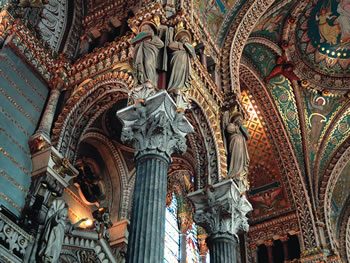
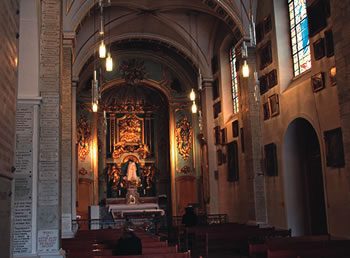
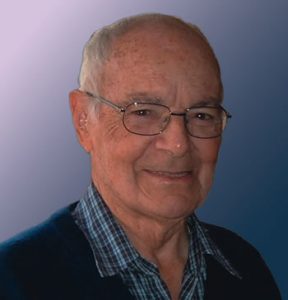
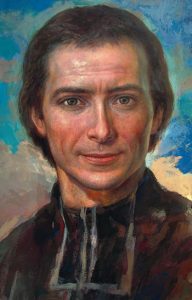
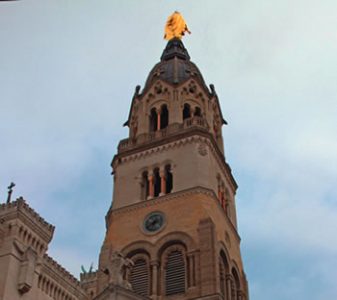
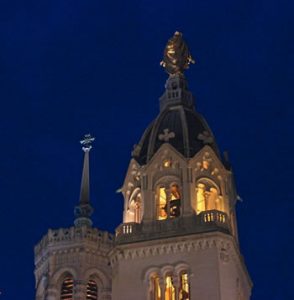
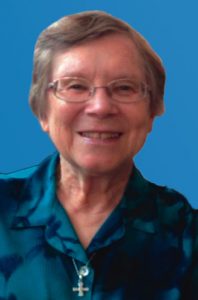
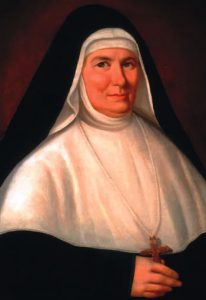
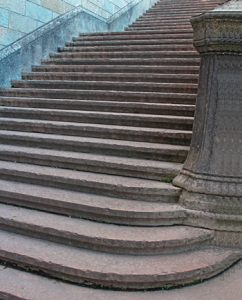
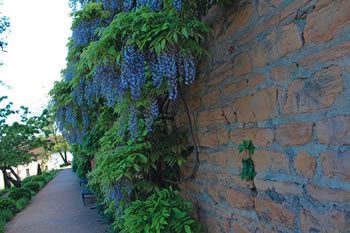
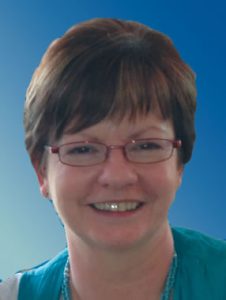
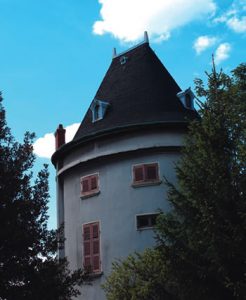
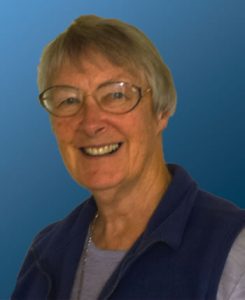
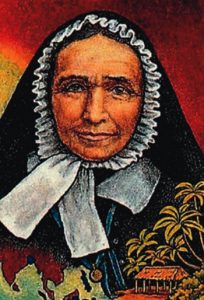
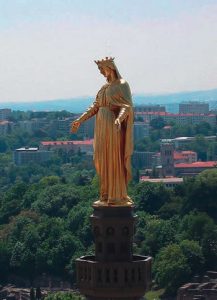
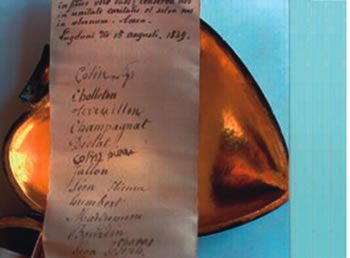

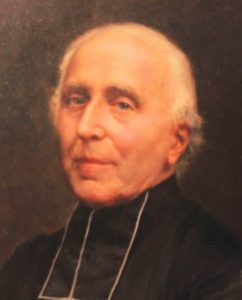
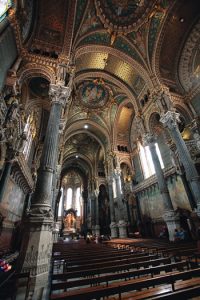
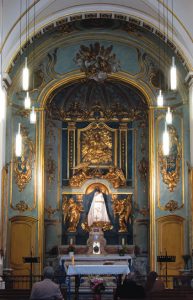
 Entries(RSS)
Entries(RSS)
I was taught by the Marist Brothers for the majority of my schooling and every day I am increasingly thankful for that. They were a dedicated group of young men who were truly inspirational in their devotion and way of life, and this year will be making a pilgrimage to the home of the Marist Order to express my thanks and pay homage to these wonderful men and the Virgin Mary, Mother of the Lord Jesus, who inspired them all.